Welcome to our Blooming Blog, Your Garden Pathway!
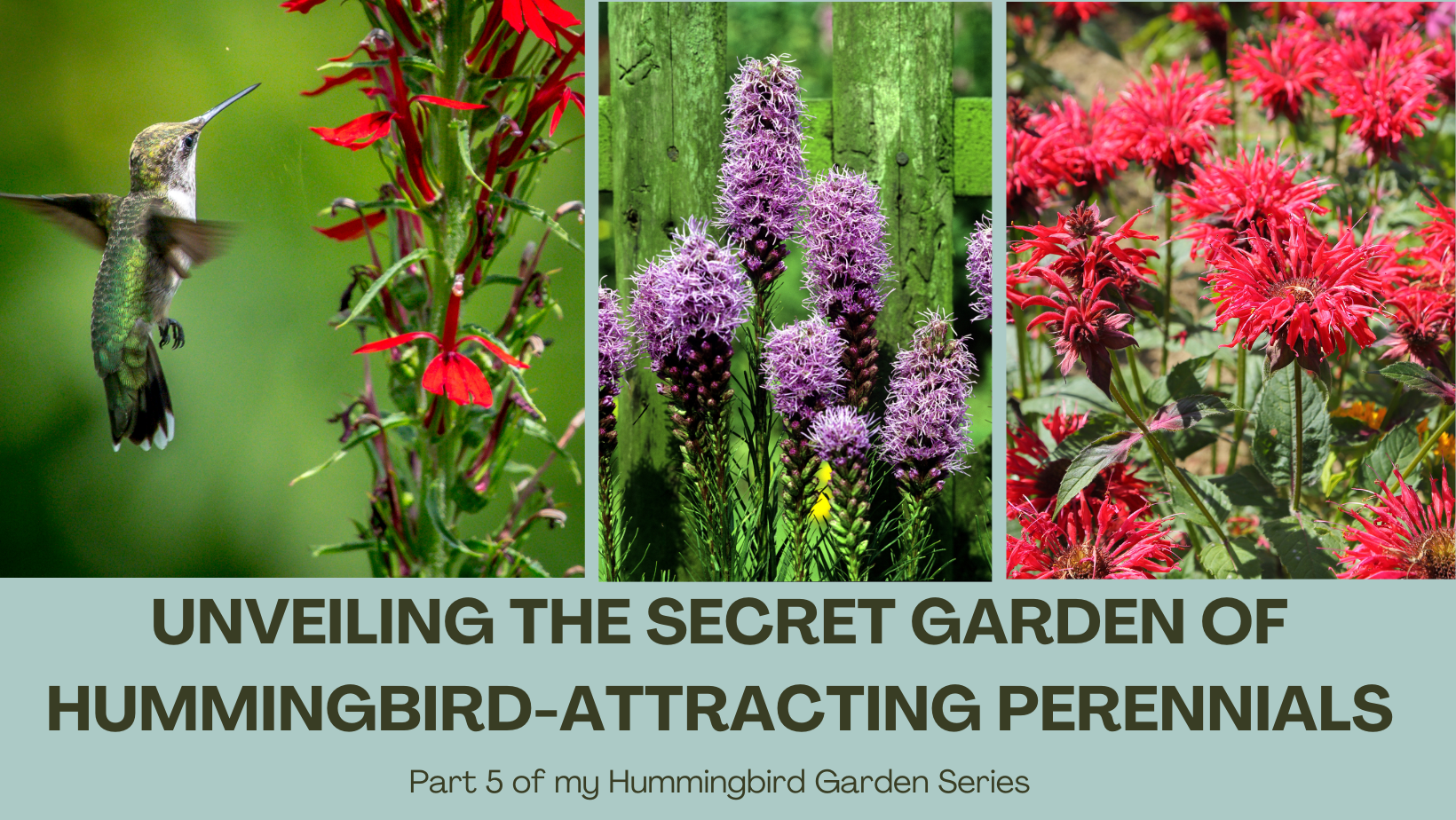
Unveiling the Secret Garden of Hummingbird-Attracting Perennials
Unlock the secrets to creating a hummingbird paradise in your garden with our latest blog post! Dive into the vibrant world of herbaceous perennials that beckon these winged wonders, from the fiery hues of Cardinal Flower to the delicate blooms of Columbine. Discover how these five remarkable plants not only add beauty to your landscape but also serve as vital sources of nectar for hummingbirds. Join us as we explore the magic of gardening for wildlife and transform your outdoor space into a haven for these delightful creatures. Read more now!
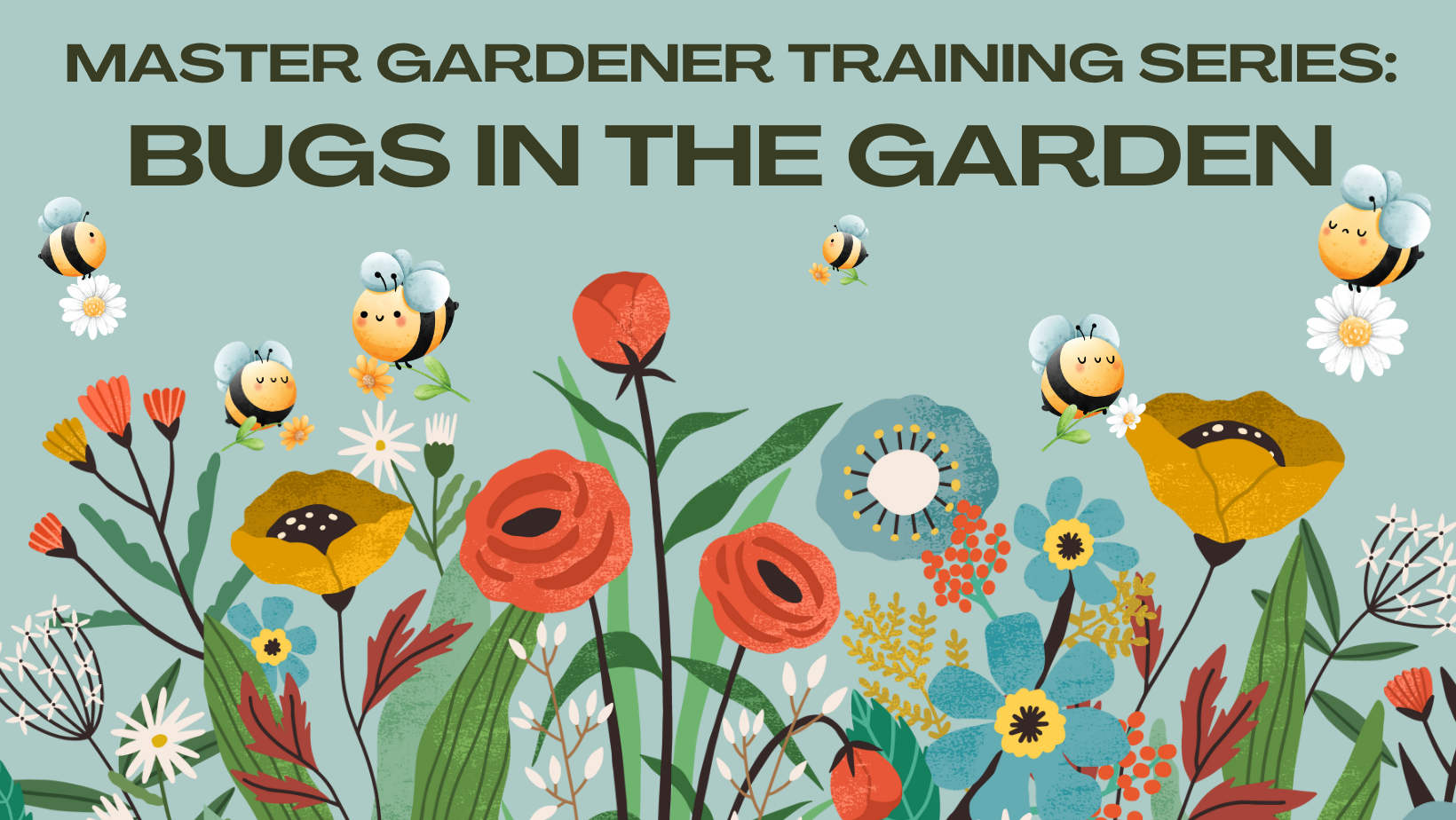
Master Gardener Training Series: Bugs in the Garden
In this blog post, I discuss bugs in the garden. I focus on why they are important, considerations to be taken into account before applying pesticides, and resources for insect identification.
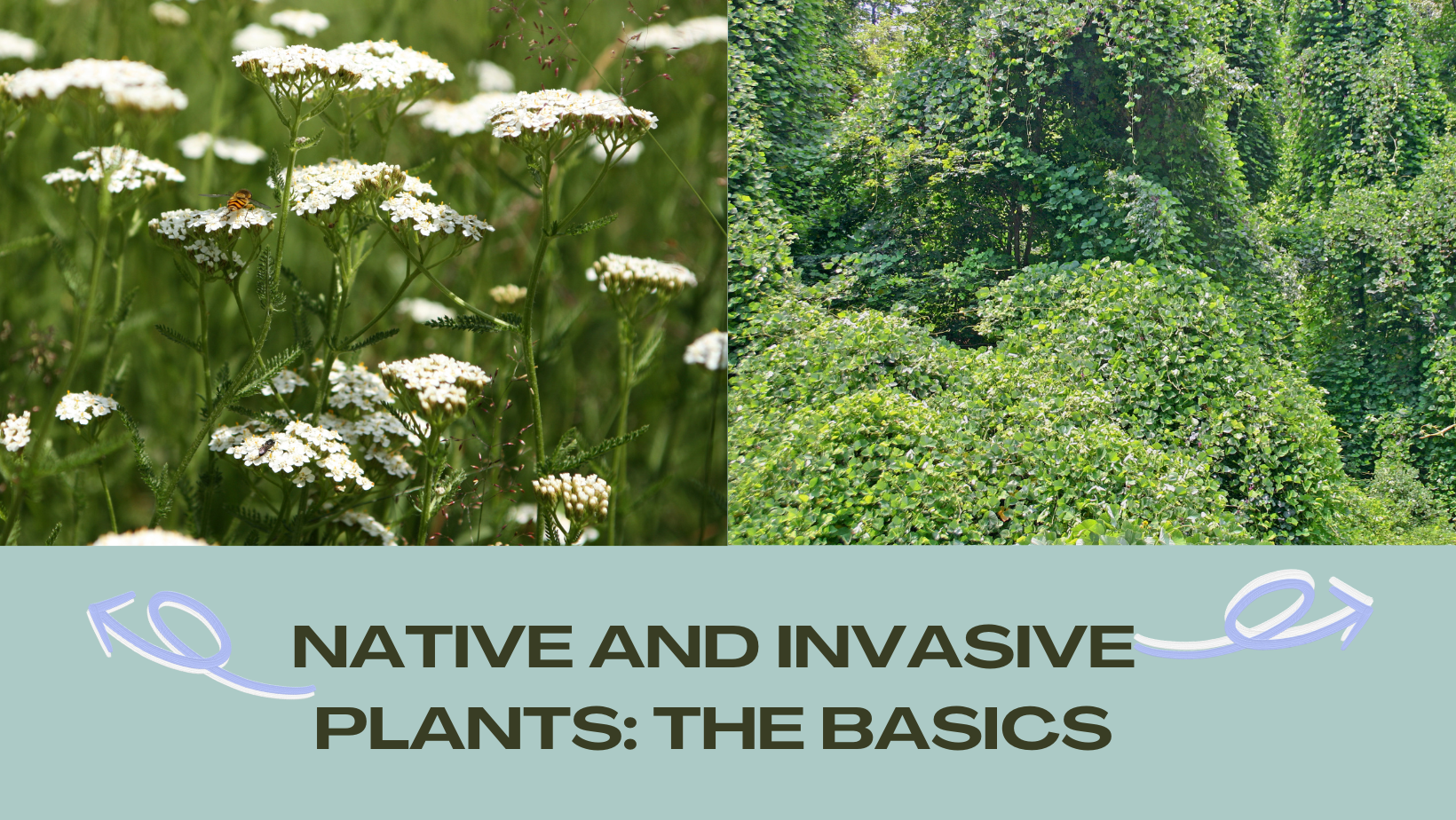
Master Gardener Training Series: Native and Invasive Plants
In this blog post, Nicole Dillon of Breemar Flower Farm, located in Ashland, VA covers the basics of native and invasive plants and provides loads of resources to help you choose the right plants for your landscape.
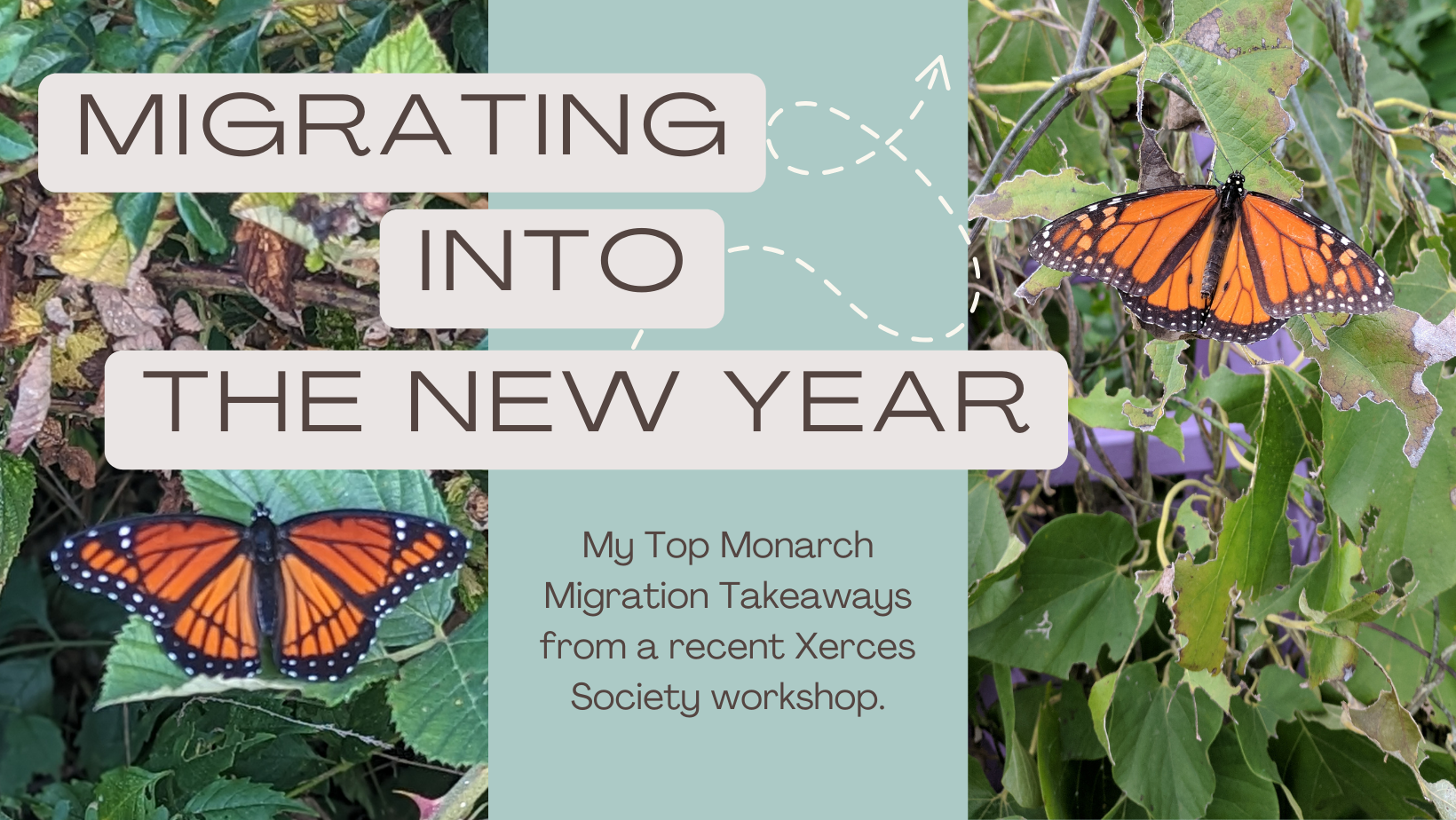
Migrating into the New Year
Recently, I attended a workshop hosted by the Xerces Society on Monarch Butterflies that live East of the Rockies. In this blog post, I will summarize my top takeaways and actionable things that we can implement in our landscapes to help monarch butterfly migration.
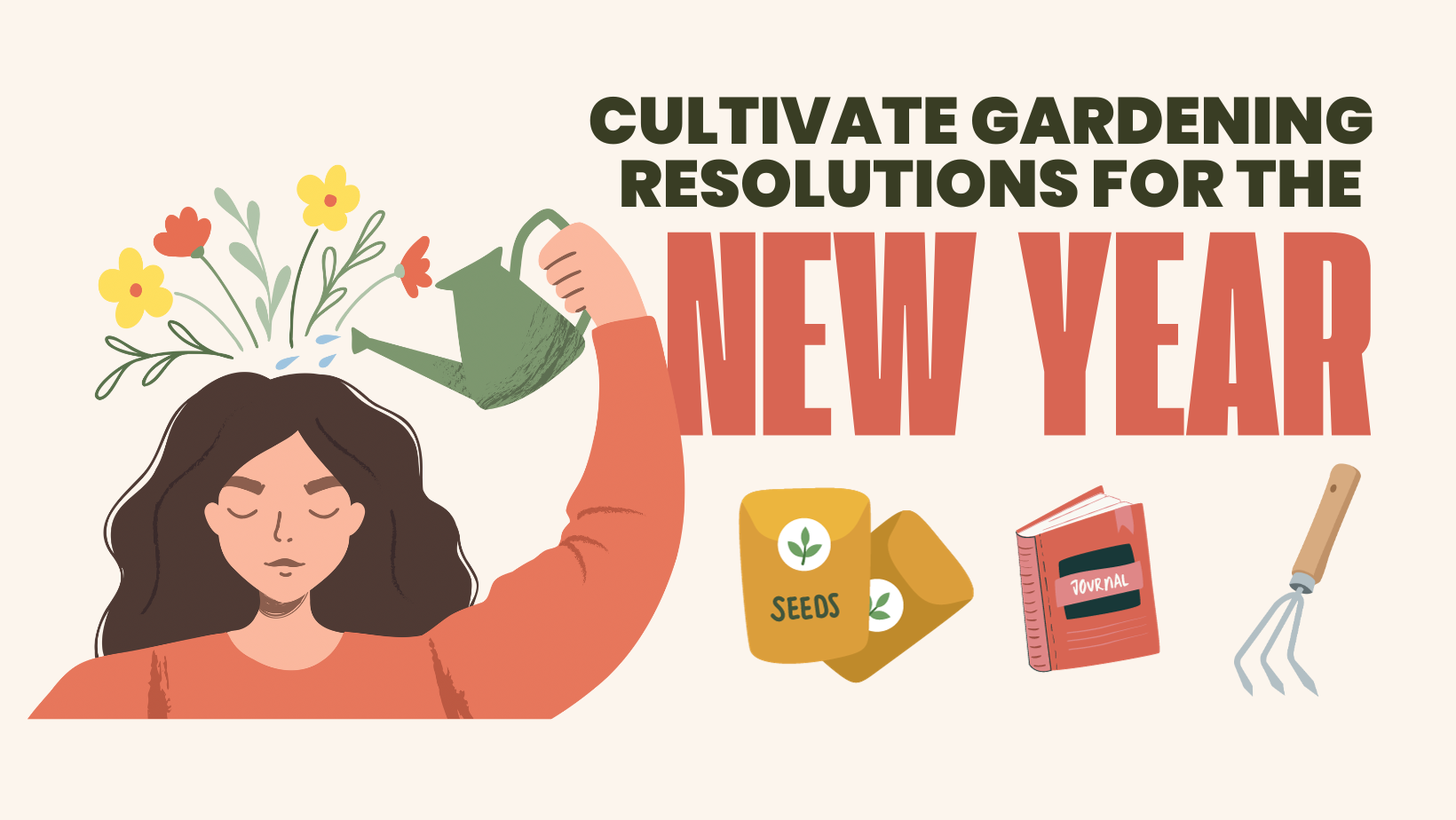
Cultivate Gardening Resolutions for the New Year
Gardening Resolutions, Garden Planning…whatever you want to call it… is pivotal in your success this season. In this blog post, I explore with you some questions to ask yourself when planning for the upcoming season and I’ll share some of my own reflections and goals too.

A Haunted House: Home Gardener’s Edition
This blog post highlights some spooky things that you might be doing in your yard and garden that are actually hurting the environment and maybe even yourself. My top 10 scary things gardeners and homeowners do and what we can do to fix them.


